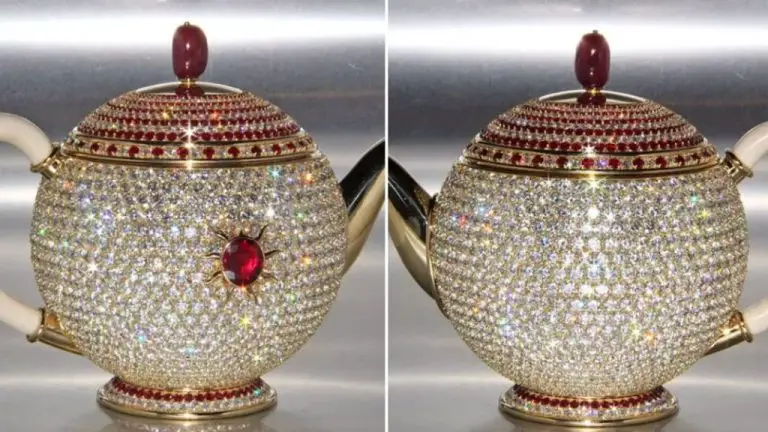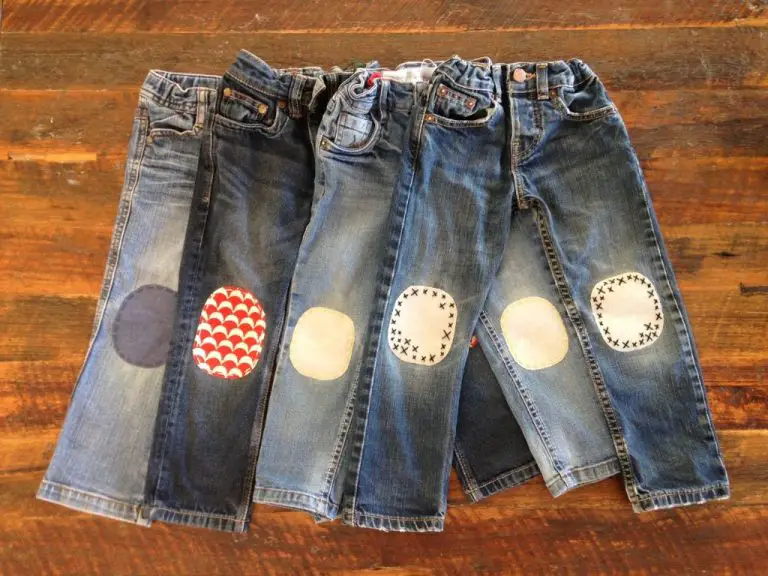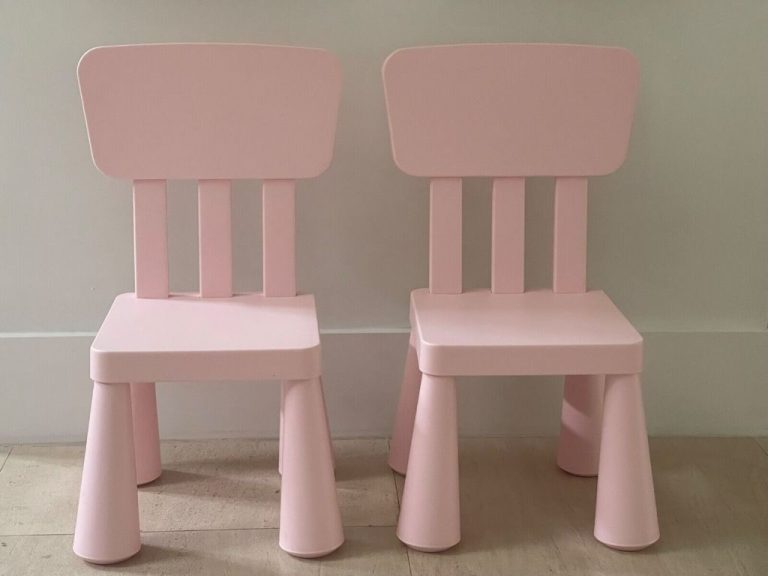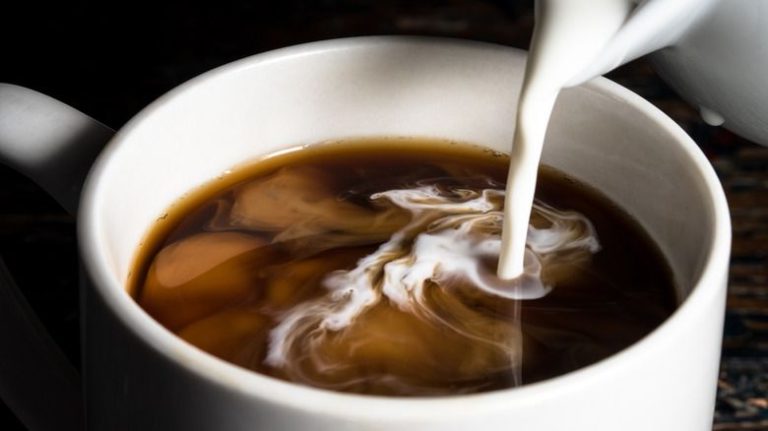What Kind Of Sponge Is Used For Cleaning?
Sponges are commonly used household cleaning tools thanks to their ability to absorb water and soap. There are various types of sponges used for cleaning different surfaces in the home, ranging from synthetic options like polyurethane foam to natural sponges made from cellulose or sea sponges. The texture and absorbency of different sponges makes them suitable for distinct cleaning tasks.
When selecting a sponge for cleaning, it’s important to consider the type of surface you plan to clean. Synthetic sponges with scrubbing surfaces work best on stuck-on messes and hard surfaces like countertops. Natural sponges are very absorbent but more delicate, making them ideal for glassware and non-stick cookware. Antibacterial sponges contain antimicrobial ingredients to reduce bacteria growth. Understanding the versatility of different sponge materials and textures allows you to optimize cleaning performance.
Cellulose Sponges
Cellulose sponges are popular household cleaning tools made from materials like wood pulp or cotton. They are valued for their high absorbency, which allows them to soak up large amounts of water and cleaning solutions. The porous structure of cellulose gives the sponges an open, fibrous texture that is effective at scrubbing surfaces.
However, cellulose sponges tend to deteriorate and fall apart quickly with frequent use. The wood pulp fibers break down over time, especially when exposed to harsh cleaning chemicals. This causes the sponges to develop holes and start disintegrating, limiting their usable lifespan. Cotton-based cellulose sponges are more durable, but also more expensive. In general, cellulose sponges may need replacing every 1-2 months with regular use.
Overall, the high absorbency and scrubbing ability of cellulose makes these sponges popular for general cleaning tasks. But their relatively short lifespan means they may not be the most economical choice over time. More durable synthetic sponge options are available for those willing to sacrifice some absorbency.
Polyurethane Foam Sponges
Polyurethane foam sponges are made from polyurethane, a polymer created by the reaction of polyols and diisocyanates. They are known for their durability and resistance to oils, solvents, and heat. Polyurethane sponges have an open, porous structure that allows them to absorb water and solutions for cleaning. However, they tend to be less absorbent than cellulose sponges.
The rigidity of the polyurethane polymer makes these sponges very durable. They retain their shape well and resist breaking down from repeated use and squeezing. This makes them longer lasting than cellulose sponges. The material is also resistant to abrasion, allowing polyurethane sponges to be used for scrubbing without quickly wearing down. They can be used repeatedly without losing their scrubbing ability.
While polyurethane foam is porous and can absorb liquids, the tightly crosslinked structure of the foam limits absorbency compared to cellulose sponges. The small pores don’t allow as much fluid to penetrate the foam. So polyurethane sponges tend to be better suited for scrubbing and wiping rather than soaking up large volumes of liquid.
Some popular uses of polyurethane foam sponges include dish scrubbing pads, household all-purpose cleaning sponges, and auto detailing sponges. Their durability makes them ideal for heavy duty cleaning tasks.
Natural Sea Sponges
Natural sea sponges are harvested from the ocean and have been used for cleaning for centuries. Sea sponges are sustainably harvested and are 100% biodegradable.
According to Compac Industries, natural sea sponges are harvested by hand from the ocean floor in the Mediterranean Sea and cut into various shapes and sizes for different uses.
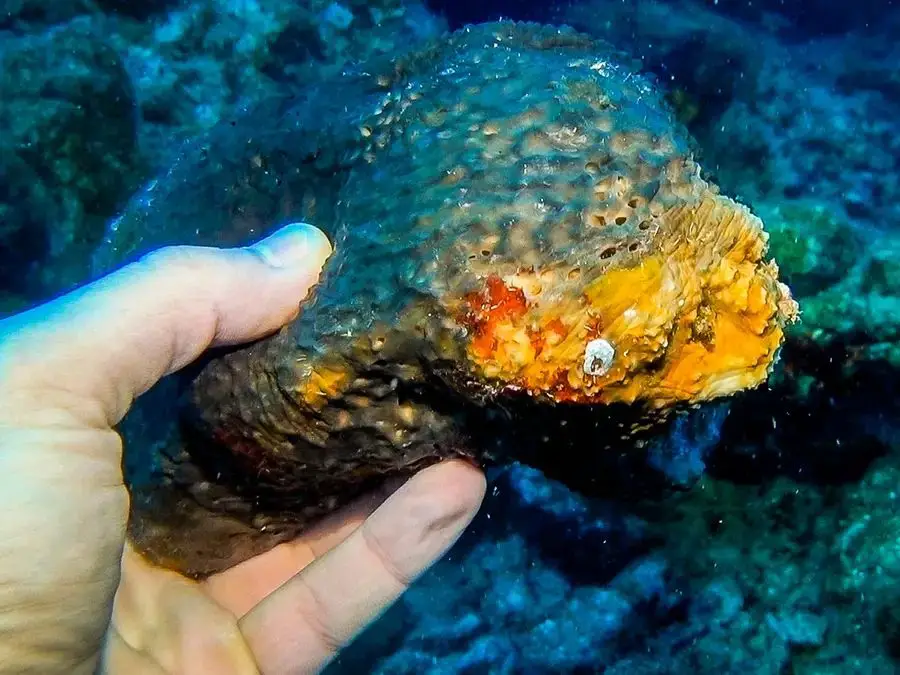
Sea sponges work very well as cleaning tools because they are highly absorbent and durable. The fibers catch and hold dirt, grease, and germs. However, natural sea sponges tend to be more expensive than synthetic sponge options.
Caring for natural sea sponges involves soaking them weekly in a mixture of baking soda and water to disinfect. With proper care, sea sponges can last a long time.
Microfiber Sponges
Microfiber sponges are made from extremely fine synthetic fibers that are woven tightly together (Source). The dense microfiber construction gives these sponges incredible cleaning power for scrubbing dirt, grease, and grime off of surfaces. However, microfiber can be abrasive and may scratch more delicate materials like glass or ceramic tile (Source).
The tight weave of microfiber sponges acts like a magnet, trapping and holding onto dust, dirt, and debris. When wet, the microfibers swell and become even more effective at absorbing oils and liquids. This makes microfiber sponges great for cleaning kitchen surfaces, appliances, sinks, countertops, and more. They can scrub off baked-on food and grease without heavy scrubbing or harsh chemical cleaners.
While microfiber sponges excel at cleaning, they do have some downsides. The tiny fibers can scratch polished stone, glass, and other delicate surfaces if you scrub too aggressively. It’s best to use a gentle touch with microfiber on these materials. Microfiber sponges may also harbor bacteria if not cleaned and dried thoroughly between uses.
Silicone Sponges
Silicone sponges are made entirely from silicone, which makes them heat resistant up to temperatures of 460°F. According to Amazon, silicone is a non-absorbent material, so silicone sponges won’t hold onto dirt, grease or bacteria. This makes them easier to clean than traditional cellulose sponges. Silicone sponges can be cleaned in the dishwasher or with hot water and soap. The textured surface also helps silicone sponges scrub off stuck on food. Brands like Broxan make silicone sponges with a built-in scraper to help clean dishes more effectively.
Antibacterial Sponges
Antibacterial sponges are infused with antimicrobial ingredients to help reduce bacteria, mold, and mildew growth in the sponge (https://libman.com/products/antibacterial-sponge). Traditional sponges can harbor bacteria over time, leading to odors and unsanitary conditions. Antibacterial sponges provide a solution through added ingredients that inhibit microbial growth.
Many antibacterial sponges contain triclosan, an antibacterial and antifungal agent (https://www.amazon.com/antibacterial-sponge/s?k=antibacterial+sponge). Triclosan disrupts bacterial cell membranes and blocks the active site of enzymes, preventing bacteria from growing. Other antibacterial sponges may use silver ions or other antimicrobial substances. These ingredients are gradually released over the lifespan of the sponge to continually reduce bacteria.
Antibacterial sponges provide effective cleaning while minimizing the spread of germs. They are ideal for kitchen and bathroom use where controlling bacteria is especially important. While traditional sponges still need regular disinfecting and replacement, antibacterial sponges can go longer between replacements, making them a more sanitary choice.
Scrub Sponges
Scrub sponges are a type of cleaning sponge designed to tackle tough stains and messes. As Shopsmart Design notes, they have an abrasive side that can scrub away oil, grease, and baked-on food. This abrasive layer makes scrub sponges effective at cleaning challenges like stuck-on food in pots and pans. However, the coarse surface can also scratch delicate surfaces like non-stick cookware if used too vigorously, so care should be taken.
Many scrub sponges are made of cellulose or a cellulose/polyester blend, which provides an affordable sponge material that is also reasonably durable. Popular name brand scrub sponges include the Scotch-Brite Heavy Duty Scrub Sponge, designed for tough messes in the kitchen and bathroom. The abrasive side of scrub sponges allows them to penetrate caked-on dirt that regular sponges cannot.
Comparison
When comparing different types of cleaning sponges, three key factors to consider are absorbency, durability, and cleaning ability.
Cellulose sponges made from plant fibers like wood pulp or cotton are very absorbent but less durable than synthetic options. Polyurethane foam sponges are extremely durable and great for scrubbing, but not as absorbent. Natural sea sponges are very soft and absorbent, but more expensive and delicate. Silicone sponges are durable, antibacterial, and heat-resistant. Microfiber sponges are extremely absorbent and effective at removing dirt and grime. Antibacterial sponges infused with antimicrobial ingredients can help reduce bacteria growth.
Prices range widely depending on the material. A basic cellulose sponge can cost between $1-3 while a natural sea sponge ranges from $10-20. Polyurethane foam sponges are moderately priced from $3-7 and silicone sponges cost $5-15 on average. Microfiber and antibacterial sponges fall in the middle around $5-10.
Overall the type of cleaning sponge depends on your specific needs and budget. For heavy duty scrubbing, polyurethane is a top choice while for gentle cleaning and absorbency, sea sponges are ideal. Microfiber excels at removing dirt and silicone offers durability plus antimicrobial properties. With regular cleaning and replacement, all types can effectively clean kitchens, bathrooms, and other areas.
Recommendations
When choosing a sponge, consider the task you’ll be using it for. Cellulose and polyurethane foam sponges are good general cleaning sponges for dishes, counters, and other kitchen surfaces. Natural sea sponges work well for gentle cleaning and are very absorbent. Microfiber sponges excel at scrubbing and are more durable than other sponge types. Silicone sponges can withstand heat up to 500°F, making them ideal for cleaning pans and bakeware. Look for antibacterial sponges like those with embedded copper fibers to reduce bacteria growth.
For heavy-duty scrubbing, choose a scrub sponge with a textured side. Opt for a large, thick sponge for cleaning big surfaces like counters. For delicate glassware, a soft sea sponge is a good option.
To extend the life of your sponges and prevent the spread of bacteria:
- Wring out sponges completely after each use so they dry quickly – damp sponges breed bacteria.
- Sanitize sponges regularly by soaking them in a bleach and water solution for 5 minutes. A vinegar soak can help remove odors.
- Replace sponges every 2-4 weeks, more often if they smell bad or you’ve used them on raw meat.
- Consider microwaving sponges for 1-2 minutes to kill bacteria – but know this can damage some sponge materials over time.
With proper care and cleaning, sponges can be an effective tool for all your cleaning needs around the home.

